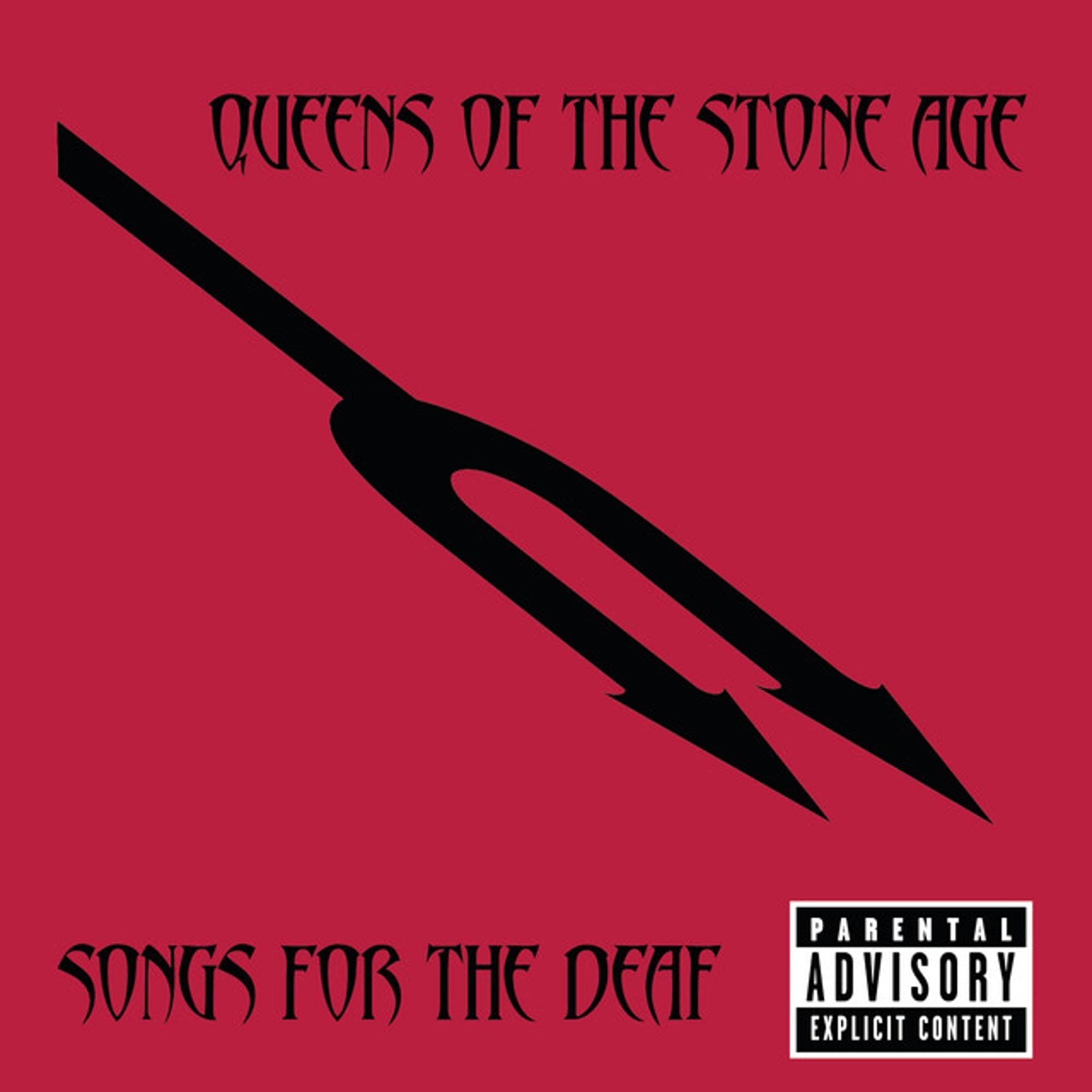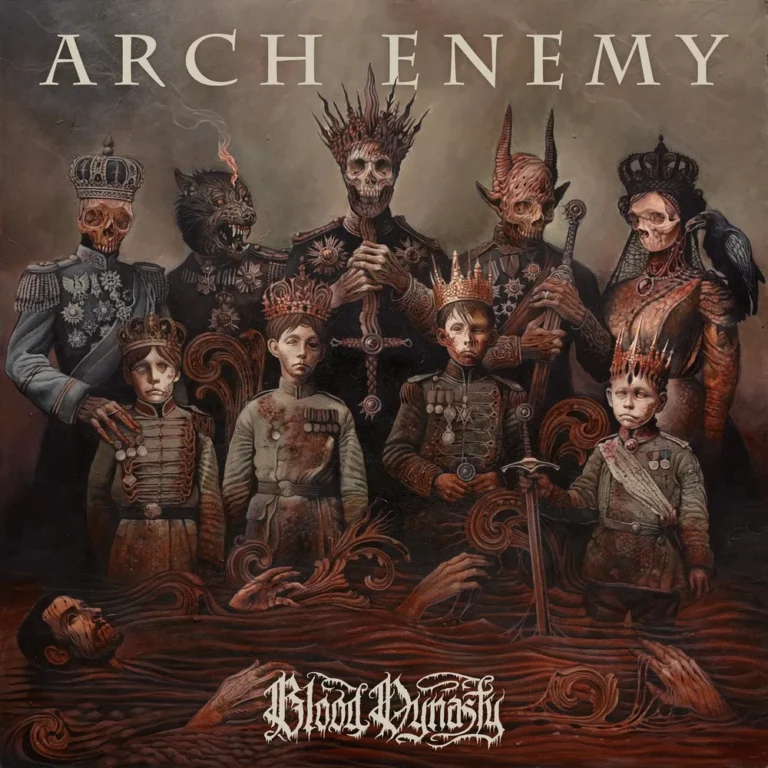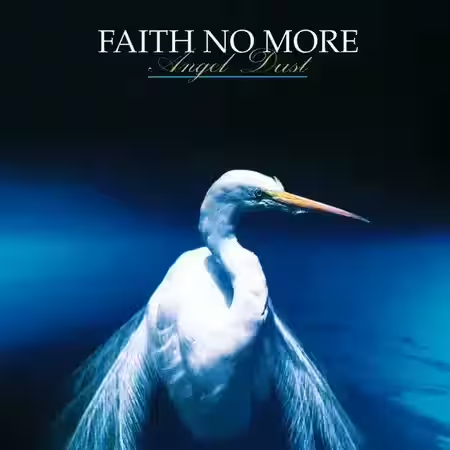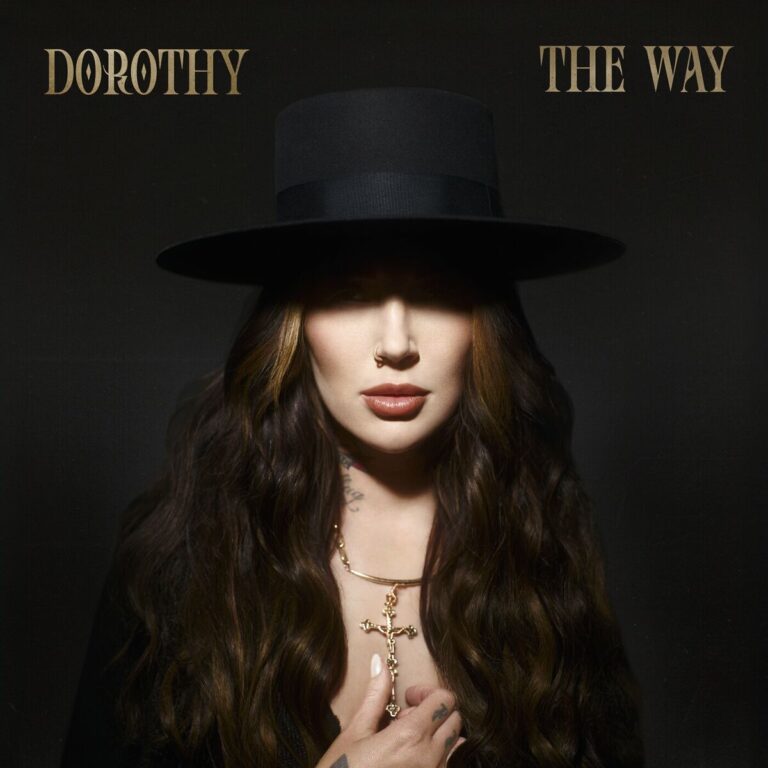
Introduction
In the pantheon of early 21st-century rock albums, Songs for the Deaf by Queens of the Stone Age stands as a towering achievement. Released on August 27, 2002, this album not only cemented the band’s reputation for innovation within the rock genre but also redefined the boundaries of stoner rock and desert rock. Its unique blend of raw power and nuanced musicality has left an indelible mark on the music industry, influencing countless artists and bands that followed.
This article will explore the genesis of Songs for the Deaf, delve into the recording process, and examine its commercial performance and critical reception. We will also analyse the singles and tracks, discuss the album’s influences and legacy, and highlight its media usage. Finally, we’ll look at the band’s journey post-release and any remasters or reissues of this iconic album.
| Attribute | Details |
|---|---|
| Release date | August 27, 2002 |
| Album title | Songs for the Deaf |
| Genre | Stoner rock, hard rock, desert rock |
| Total runtime | 60:53 |
| Number of tracks | 14 |
| Record label | Interscope |
| Recording studio | San Rafael, Conway, Barefoot (Hollywood) |
| Producer(s) | Josh Homme, Adam Kasper, Eric Valentine |
The impact of Songs for the Deaf was immediate and profound. Its release was a defining moment for Queens of the Stone Age, earning them widespread acclaim and commercial success. The album is often cited as the band’s greatest work, showcasing their ability to merge heavy riffs with intricate melodies and a unique narrative structure. “This album is like a time capsule of where we were at that moment,” said Josh Homme, highlighting its enduring relevance. Dave Grohl, who contributed drums to the album, once remarked, “It’s the best thing I’ve ever been a part of.”
The Genesis of “Songs for the Deaf”
The story of Songs for the Deaf begins in the rich musical landscape of the early 2000s, a time when rock was undergoing a renaissance. The turn of the millennium saw a resurgence of interest in alternative and hard rock, with bands like Queens of the Stone Age leading the charge. Their previous album, Rated R, had set a high standard, blending heavy rock with psychedelic and experimental elements.
Formed in 1996 by Josh Homme, Queens of the Stone Age had already established themselves as a formidable force in rock music. Their evolution from the ashes of Homme’s previous band, Kyuss, was marked by a relentless pursuit of innovation and a refusal to be pigeonholed. With Songs for the Deaf, they sought to push these boundaries even further, creating an album that was both a homage to their roots and a bold step forward.
The creative contributors to the album were a veritable who’s who of rock talent. Alongside Homme, the core lineup included bassist Nick Oliveri and vocalist Mark Lanegan. Dave Grohl, known for his work with Nirvana and Foo Fighters, joined as a guest drummer, bringing his formidable skills to the project. Other contributors included multi-instrumentalists Alain Johannes and Natasha Shneider, who added depth and texture to the album’s sound.
| Band Member | Instrument/Role |
|---|---|
| Josh Homme | Vocals, Guitar, Production |
| Nick Oliveri | Bass, Vocals |
| Dave Grohl | Drums |
| Mark Lanegan | Vocals |
The album was financed by Interscope Records, with a budget that allowed for extensive studio time and experimentation. The recording sessions took place at San Rafael, Conway, and Barefoot studios, each chosen for their unique acoustics and state-of-the-art equipment. The title Songs for the Deaf reflects the album’s conceptual nature, described by Homme as a journey through the Californian desert, tuning into different radio stations along the way. The album artwork, designed by Frank Kozik, further encapsulates this theme, featuring a striking image of a desert landscape.
Recording Process
The recording process for Songs for the Deaf was as ambitious as the album itself. The sessions began in October 2001 and continued through June 2002, spanning three major studios: San Rafael, Conway, and Barefoot. Each location offered distinct advantages that contributed to the album’s complex sound. San Rafael provided a secluded environment conducive to creativity, while Conway and Barefoot offered cutting-edge technology and acoustics.
The production team was led by Josh Homme, Adam Kasper, and Eric Valentine, each bringing their expertise to the table. Valentine, known for his meticulous attention to detail, was instrumental in achieving the album’s polished yet raw sound. His previous work with artists like Smash Mouth and Third Eye Blind had established him as a producer capable of balancing commercial appeal with artistic integrity.
During the recording sessions, a variety of equipment was employed to capture the album’s dynamic range. The following table lists some of the hardware likely used in the studios, based on known specifications of the time:
| Equipment | Details |
|---|---|
| Microphones | Neumann U87, Shure SM57 (assumed) |
| Mixing Desk | SSL 4052 G+ (assumed) |
| Compressors | LA-2A, 1176 (assumed) |
| Guitars | Gibson Les Paul, Fender Telecaster (assumed) |
| Amplifiers | Marshall JCM800, Ampeg SVT (assumed) |
One of the most interesting anecdotes from the recording sessions involves the drums. To achieve a tight, punchy sound, Dave Grohl recorded the drums and cymbals separately, a process that required immense patience and precision. This technique, while challenging, resulted in the distinctive percussive quality that is a hallmark of the album.
To further illustrate the breadth of experience among the producers, here is a table of other albums produced by Josh Homme, Adam Kasper, and Eric Valentine:
| Producer | Artist | Album | Year |
|---|---|---|---|
| Josh Homme | Arctic Monkeys | Humbug | 2009 |
| Adam Kasper | Foo Fighters | There Is Nothing Left to Lose | 1999 |
| Eric Valentine | Good Charlotte | The Young and the Hopeless | 2002 |
Commercial Performance and Reception
Upon its release, Songs for the Deaf quickly became a commercial success, debuting at number 17 on the Billboard 200 chart. Its blend of heavy riffs, catchy hooks, and innovative production captivated audiences and critics alike, propelling the album to sell over 2.4 million copies worldwide. The album’s commercial success was bolstered by its singles, which received significant airplay and charted well globally.
The following table provides a detailed overview of the album sales data for Queens of the Stone Age’s discography:
| Album Title | Sales | Year Released |
|---|---|---|
| Songs for the Deaf | 2,400,500 | 2002 |
| Lullabies to Paralyze | 310,000 | 2005 |
| …Like Clockwork | 220,000 | 2013 |
| Era Vulgaris | 150,000 | 2007 |
| Rated R | 135,000 | 2000 |
| Villains | 100,000 | 2017 |
| Queens of the Stone Age | 60,000 | 2005 |
The album received numerous awards and accolades, including a Grammy nomination for Best Hard Rock Performance for the single “No One Knows.” It was certified platinum in the UK and Canada, and gold in the United States. In comparison to other albums released in 2002, such as By the Way by Red Hot Chili Peppers and A Rush of Blood to the Head by Coldplay, Songs for the Deaf stood out for its innovative approach and genre-defying sound.
Other albums released in 2002 include:
- By the Way by Red Hot Chili Peppers [13 million]
- A Rush of Blood to the Head by Coldplay [3.7 million]
- Heathen Chemistry by Oasis [3 million]
- Audioslave by Audioslave [3 million]
The exhaustive list of awards and recognitions that Songs for the Deaf received further cements its status as a seminal work in the rock genre.
Singles and Track Analysis
The singles from Songs for the Deaf played a crucial role in its commercial success, with each release showcasing the band’s versatility and creative prowess. The album produced three singles: “No One Knows,” “Go with the Flow,” and “First It Giveth,” each contributing to the album’s widespread acclaim.
The following table provides an overview of the tracks on the album, including their lengths and writing credits:
| Track Name | Length | Writing Credit |
|---|---|---|
| You Think I Ain’t Worth A Dollar, But I Feel Like A Millionaire* | 3:12 | Josh Homme, Mario Lalli |
| No One Knows* | 4:38 | Josh Homme, Mark Lanegan |
| First It Giveth* | 3:18 | Josh Homme, Nick Oliveri |
| Song For The Dead | 5:52 | Josh Homme, Mark Lanegan |
| The Sky Is Fallin’ | 6:15 | Josh Homme, Nick Oliveri |
| Six Shooter | 1:19 | Nick Oliveri |
| Hanging Tree | 3:06 | Josh Homme, Mark Lanegan |
| Go With The Flow* | 3:07 | Josh Homme, Nick Oliveri |
| Gonna Leave You | 2:50 | Josh Homme, Nick Oliveri |
| Do It Again | 4:04 | Josh Homme, Nick Oliveri |
| God Is In The Radio | 6:04 | Josh Homme, Mark Lanegan |
| Another Love Song | 3:15 | Josh Homme, Nick Oliveri |
| Song For The Deaf | 6:42 | Josh Homme, Mark Lanegan |
| Mosquito Song | 4:22 | Josh Homme, Mark Lanegan |
| The Lost Art Of Keeping A Secret | 3:36 | Josh Homme, Nick Oliveri |
| Everybody’s Gonna Be Happy | 2:42 | Ray Davies |
Note: Tracks marked with * were released as singles. “No One Knows” reached number 1 on the US Modern Rock Tracks chart, while “Go with the Flow” and “First It Giveth” also charted in the UK and US.

Influences and Legacy
The creation of Songs for the Deaf was influenced by a diverse array of musical styles and artists, reflecting the band’s eclectic tastes and broad musical palette. Drawing inspiration from the heavy riffs of Black Sabbath, the experimental edge of David Bowie, and the raw energy of punk rock, Queens of the Stone Age crafted an album that defied easy categorisation.
The following table outlines the key influences on the album, as well as the artists who have since been inspired by its groundbreaking sound:
| Influences on “Songs for the Deaf” | Artists Influenced by “Songs for the Deaf” |
|---|---|
| Black Sabbath | Arctic Monkeys |
| David Bowie | Royal Blood |
| Kyuss | Foo Fighters |
| The Stooges | Mastodon |
| Punk Rock | The Black Keys |
Released in 2002, Songs for the Deaf arrived at a time of significant cultural and global events. The year saw the introduction of the Euro as the official currency in the Eurozone, the end of the Sierra Leone Civil War, and the founding of SpaceX by Elon Musk. In the realm of cinema, films such as The Lord of the Rings: The Two Towers and Harry Potter and the Chamber of Secrets dominated the box office, reflecting a year rich in artistic achievement and global change.
Five Things about Songs for the Deaf
To truly appreciate the depth and impact of Songs for the Deaf, here are five fascinating facts about the album:
| Fact | Details |
|---|---|
| Dave Grohl’s Contribution | Dave Grohl played drums on the album, marking a significant collaboration between him and the band. |
| Conceptual Journey | The album is structured as a conceptual journey through the Californian desert, tuning into various radio stations. |
| Separate Drum Recording | Drums and cymbals were recorded separately to achieve a tight, punchy sound. |
| Artwork Design | The album artwork was designed by Frank Kozik, known for his bold and distinctive style. |
| Last Album with Nick Oliveri | This was the last Queens of the Stone Age album to feature Nick Oliveri as a full-time member. |
Media and Television Usage
The tracks from Songs for the Deaf have found their way into various media, enhancing their cultural impact. Here is a table of known media appearances:
| Song Title | Media | Year |
|---|---|---|
| God Is In The Radio | Veronica Mars | 2004 |
| No One Knows | Sand Castle | 2017 |
| You Think I Ain’t Worth a Dollar, But I Feel Like a Millionaire | Project X | 2012 |
| You Think I Ain’t Worth a Dollar, But I Feel Like a Millionaire | xXx | 2002 |
| The Lost Art of Keeping a Secret | Sound City | 2013 |
Critical Reviews and Retrospectives
Songs for the Deaf was met with widespread critical acclaim upon its release, a sentiment that has only grown stronger over time. Critics praised its innovative sound, cohesive concept, and the band’s fearless experimentation.
The following table provides a snapshot of critical reviews from notable publications:
| Publication | Review Score | Notable Quote | Link |
|---|---|---|---|
| Pitchfork | 7.9 | “A significant work for Queens of the Stone Age, highlighting both its strengths and weaknesses.” | Pitchfork Review |
| Vulture | N/A | “Celebrates ‘Songs for the Deaf’ as a landmark album that successfully marries raw musical power with thoughtful commentary.” | Vulture Review |
| Rolling Stone | N/A | “A significant work that marks a confident and creative phase for Queens of the Stone Age.” | Rolling Stone Review |
The album holds a Metascore of 89 on Metacritic, indicating universal acclaim from critics and users alike. View on Metacritic
After Songs for the Deaf
Following the release of Songs for the Deaf, Queens of the Stone Age experienced a period of significant transformation. The album’s success propelled them to new heights of popularity, but it also marked the end of an era, as bassist Nick Oliveri departed the band under controversial circumstances.
Despite the lineup changes, the band continued to thrive, releasing several more critically acclaimed albums, including Lullabies to Paralyze and …Like Clockwork. Each release showcased their evolving sound and cemented their status as one of the most innovative bands in rock music.
As of October 2023, Queens of the Stone Age remain active, with Josh Homme at the helm. They continue to tour and record new music, maintaining their reputation for pushing the boundaries of rock.
Remasters and Reissues
Over the years, Songs for the Deaf has been reissued in various formats, allowing new generations of fans to experience its groundbreaking sound. These releases have included remastered editions that enhance the album’s audio quality while preserving its original spirit.
The following table provides an overview of the remasters and reissues:
| Format | Details |
|---|---|
| Vinyl | 2LP remastered edition released in 2024 |
| Digital | Remastered digital edition available on streaming platforms |
| CD | Special edition CD with bonus tracks |
Conclusion
Songs for the Deaf remains a cornerstone of modern rock music, its influence felt across genres and generations. The album’s unique blend of heavy riffs, conceptual depth, and innovative production has ensured its place in music history. As Josh Homme reflects, “This album is a snapshot of who we were and what we wanted to achieve.”
For further reading, explore the Wikipedia page for Songs for the Deaf, visit the official Queens of the Stone Age website, or learn more about the album on the Interscope Records website.
Let us know in the comments what your thoughts are on Songs for the Deaf by Queens of the Stone Age. Did we miss anything? Share your experiences and join the conversation!



